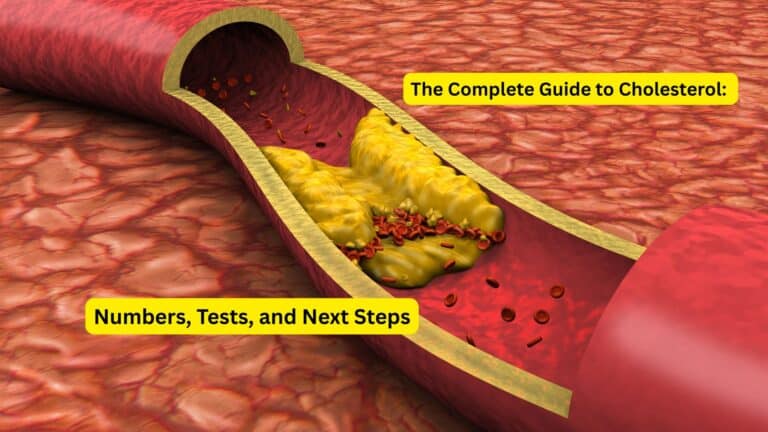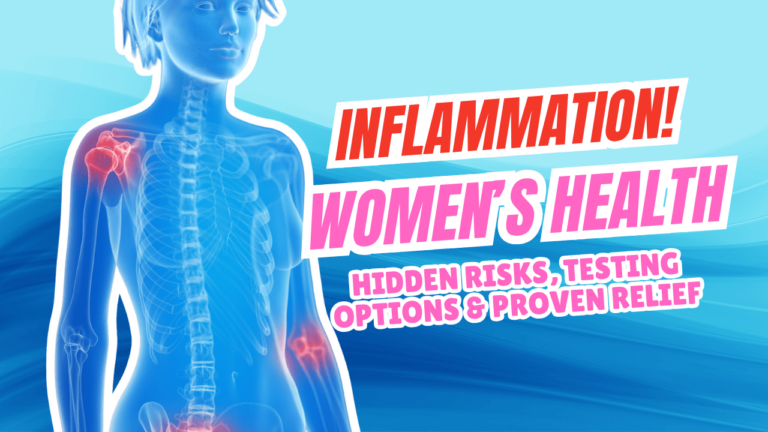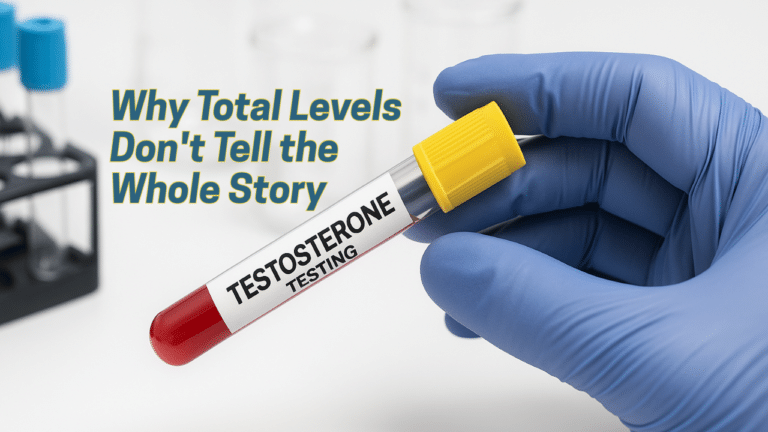When discussing sexual health, you’ve likely encountered both terms: STD (sexually transmitted disease) and STI (sexually transmitted infection). While these abbreviations are often used interchangeably in casual conversation, they represent distinct medical concepts that carry different implications for your health and well-being. Understanding this terminology isn’t just about medical accuracy—it’s about reducing stigma, encouraging proactive testing, and empowering individuals to make informed decisions about their sexual health. This article will clarify the definitions, explain why health experts increasingly prefer one term over the other, and explore what these distinctions mean for your sexual health management.
What Are STIs?
A sexually transmitted infection (STI) represents the presence of pathogens—bacteria, viruses, or parasites—that have entered the body through sexual contact. The key characteristic of an STI is that it may exist in the body without causing noticeable symptoms, making it possible for individuals to unknowingly carry and transmit infections to others.
The Silent Nature of Many STIs
Many STIs remain completely asymptomatic, particularly in their early stages. Bacterial infections like chlamydia and gonorrhea frequently show no visible signs, while viral infections such as human papillomavirus (HPV) can persist in the body for years without symptoms. This asymptomatic nature creates a significant public health challenge, as individuals may continue sexual activity without realizing they carry an infection.
Common examples of STIs include chlamydia, gonorrhea, syphilis, HPV, and herpes simplex virus. These infections are caused by different pathogens: bacteria (chlamydia, gonorrhea, syphilis), viruses (HPV, herpes, HIV), and parasites (trichomoniasis). The diversity of pathogens means that different STIs require different treatment approaches, from antibiotics for bacterial infections to antiviral medications for viral conditions.
The Importance of Early Detection
Because many STIs don’t present symptoms initially, routine screening becomes crucial for sexual health maintenance. Early detection through testing allows for prompt treatment, preventing potential complications and reducing transmission risk to partners.
What Are STDs?
A sexually transmitted disease (STD) occurs when an STI progresses beyond the infection stage to produce symptoms or cause complications that affect the body’s normal function. Essentially, an STD represents the disease state that can develop from an untreated or progressed STI.
When Infections Become Diseases
The progression from STI to STD happens when the infectious agent causes noticeable symptoms or health complications. For example, untreated chlamydia or gonorrhea can develop into pelvic inflammatory disease (PID) in women, potentially causing chronic pelvic pain and fertility issues. Similarly, the human immunodeficiency virus (HIV) progresses to acquired immunodeficiency syndrome (AIDS) when it severely compromises the immune system.
Some conditions are more commonly recognized in their disease state due to their characteristic symptoms. Genital herpes typically causes visible outbreaks, making it readily apparent as an STD. However, it’s important to note that herpes can also exist asymptomatically as an STI between outbreaks.
Examples of Common STDs
Classic examples of STDs include HIV/AIDS, symptomatic genital herpes, advanced syphilis, and complications from untreated bacterial infections like PID. These conditions demonstrate how infections can evolve into more serious health concerns when left unaddressed.
Why the Terminology Shift Matters
Health authorities and medical professionals increasingly favor the term “STI” over “STD” for several important reasons that extend beyond mere semantics. This shift represents a more nuanced understanding of sexual health and reflects efforts to improve patient care and reduce stigma.
Reducing Stigma Through Language
The word “disease” carries heavier connotations than “infection”, often implying severity, permanence, and shame. By using “STI,” healthcare providers can discuss sexual health in more neutral, clinical terms that focus on the medical reality rather than societal judgments. This linguistic shift helps normalize conversations about sexual health and encourages individuals to seek testing and treatment without fear of judgment.
Encouraging Proactive Healthcare
The term “STI” emphasizes that many conditions are infections that can be managed or treated before they progress to disease. This framing encourages individuals to view testing as preventive healthcare rather than waiting for symptoms to appear. When people understand that infections can exist without symptoms, they’re more likely to engage in routine screening.
Improving Patient-Provider Communication
Using “STI” creates more accurate communication between patients and healthcare providers. It allows for discussions about asymptomatic infections and the importance of partner notification and testing. This precision in language leads to better health outcomes through clearer understanding of risk and prevention strategies.
How Testing Helps Detect Infections Early
Regular STI testing serves as the cornerstone of proactive sexual health management, particularly given that many infections remain hidden without symptoms. Early detection through routine screening offers numerous benefits for individual health and public health outcomes.
The Power of Asymptomatic Detection
Many STIs can be detected through laboratory tests long before symptoms appear, if they ever do. Blood tests can identify HIV, syphilis, and herpes, while urine tests and swabs can detect chlamydia, gonorrhea, and trichomoniasis. This early detection window is crucial because it allows for treatment before an infection progresses to cause complications.
Convenient and Confidential Testing Options
Walk-In Lab provides accessible, confidential STI testing that empowers individuals to take control of their sexual health. With no appointment necessary and results available online, routine screening becomes manageable and private. This accessibility removes common barriers to testing, such as scheduling difficulties or concerns about privacy.
Preventing Progression from STI to STD
Early detection and treatment prevent many bacterial STIs from progressing to more serious complications. For example, treating chlamydia or gonorrhea with appropriate antibiotics eliminates the infection before it can cause PID or other reproductive health issues. Even for viral STIs that cannot be cured, early detection allows for management strategies that reduce symptoms and transmission risk.
Statistics and Public Health Impact
The global burden of sexually transmitted infections represents one of the most significant public health challenges of our time. Understanding the scope of STIs helps contextualize why proper terminology, testing, and treatment matter for communities worldwide.
Global STI Prevalence
According to the World Health Organization, over 1.1 billion people globally were living with STIs other than HIV/AIDS, highlighting the widespread nature of these infections. Additionally, approximately 500 million people had one of the four common curable STIs—syphilis, gonorrhea, chlamydia, and trichomoniasis—demonstrating that many infections could be eliminated with proper testing and treatment.
United States STI Trends
The Centers for Disease Control and Prevention reports millions of new STI cases annually in the United States, with young adults aged 15-24 accounting for nearly half of all new infections despite representing only 25% of the sexually active population. These statistics underscore the importance of targeted education and testing programs for at-risk populations.
The Hidden Impact of Asymptomatic Infections
Because many STIs remain asymptomatic, reported case numbers likely represent only a fraction of actual infections. Studies suggest that up to 80% of chlamydia infections and 50% of gonorrhea infections produce no symptoms, meaning millions of people unknowingly carry and can transmit these infections.
Economic and Health Consequences
Untreated STIs cost the United States healthcare system billions of dollars annually through complications like infertility, ectopic pregnancy, and increased HIV transmission risk. Early detection and treatment significantly reduce these costs while improving individual health outcomes.
Practical Prevention and Management Tips
Effective STI prevention combines multiple strategies that address different aspects of sexual health. Understanding these approaches helps individuals make informed decisions about their risk management and health maintenance.
Barrier Protection Methods
Consistent and correct condom use remains one of the most effective methods for reducing STI transmission risk. Latex and polyurethane condoms provide barriers against most bacterial and viral STIs, though they offer less protection against infections transmitted through skin-to-skin contact, such as herpes and HPV.
Communication and Partner Disclosure
Open, honest communication with sexual partners about STI status, testing history, and risk factors creates an environment for informed consent and shared responsibility. This includes discussing recent test results, number of partners, and any symptoms or exposures that might affect risk.
Regular Testing Schedules
Sexually active individuals should establish regular testing schedules based on their risk factors and sexual activity patterns. Those with multiple partners or new partners benefit from more frequent screening, while individuals in long-term monogamous relationships may require less frequent testing after initial screening.
Prompt Treatment and Partner Notification
When STIs are detected, prompt treatment prevents progression to more serious complications. Equally important is partner notification and testing, as reinfection can occur if all affected partners aren’t treated simultaneously. Many STI treatments are highly effective when followed correctly.
Vaccination When Available
Vaccines are available for some STIs, including HPV and hepatitis B. These preventive measures offer long-term protection and should be considered as part of comprehensive sexual health planning, particularly for young adults before sexual debut.
Frequently Asked Questions
What is the difference between an STI and an STD?
An STI (sexually transmitted infection) refers to the presence of pathogens in the body that can be transmitted through sexual contact, often without causing symptoms. An STD (sexually transmitted disease) occurs when an infection progresses to cause symptoms or health complications. Essentially, all STDs start as STIs, but not all STIs progress to become STDs.
Can you have an STI without symptoms?
Yes, many STIs are completely asymptomatic, especially in their early stages. Infections like chlamydia, gonorrhea, and HPV frequently produce no noticeable symptoms, which is why regular testing is crucial for sexually active individuals regardless of how they feel.
Why do experts prefer “STI” over “STD”?
Medical professionals increasingly use “STI” because it more accurately describes the condition most people have—an infection that may not cause symptoms or disease. The term also carries less stigma than “disease,” encouraging more open discussions about sexual health and promoting proactive testing.
Are STIs curable?
Many bacterial STIs, including chlamydia, gonorrhea, and syphilis, are completely curable with appropriate antibiotic treatment. Viral STIs like herpes and HIV are not curable but can be effectively managed with medications that reduce symptoms and transmission risk. Early treatment improves outcomes for all types of STIs.
How can I know if I have an STI without symptoms?
Regular STI testing is the only way to detect asymptomatic infections. Testing should be based on sexual activity and risk factors rather than the presence or absence of symptoms. Many tests are simple, involving blood draws, urine samples, or swabs, and can be completed quickly at testing facilities.
Conclusion
Understanding the distinction between STIs and STDs empowers individuals to make informed decisions about their sexual health and reduces the stigma that often surrounds these conditions. While STIs represent infections that may remain asymptomatic, STDs occur when these infections progress to cause symptoms or complications. This difference isn’t just semantic—it reflects the reality that many people carry infections without knowing it, emphasizing the critical importance of routine testing.
The terminology shift toward “STI” in medical settings reflects a more accurate and less stigmatizing approach to sexual health. By focusing on infections rather than diseases, healthcare providers can encourage proactive testing and treatment before complications develop. This approach benefits both individual health outcomes and broader public health efforts to reduce transmission.
The key takeaway is clear: regular STI testing should be part of everyone’s healthcare routine, regardless of symptoms or perceived risk. Early detection allows for prompt treatment of curable infections and effective management of chronic conditions, preventing progression from STI to STD and reducing transmission to others.
Take charge of your sexual health today by scheduling confidential STI testing with Walk-In Lab. With convenient locations, no appointment necessary, and private online results, there’s no reason to wait. Order your comprehensive STI panel now and gain the peace of mind that comes with knowing your status.
Medical Disclaimer: This content is for informational purposes only and is not intended as a substitute for professional medical advice, diagnosis, or treatment. Always seek the advice of your physician or other qualified health provider with any questions you may have regarding a medical condition or treatment options.






